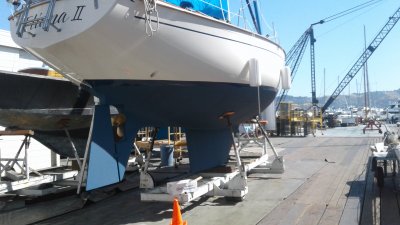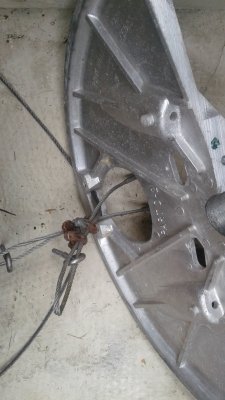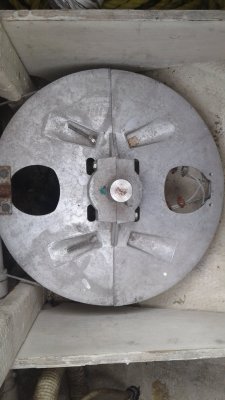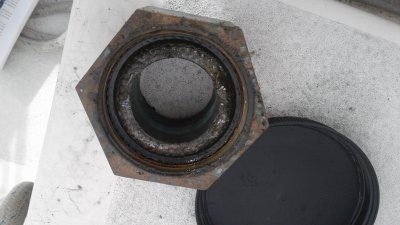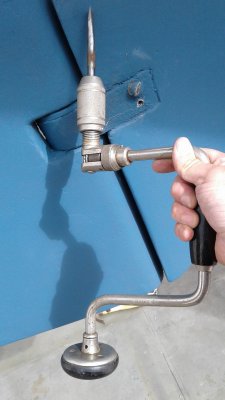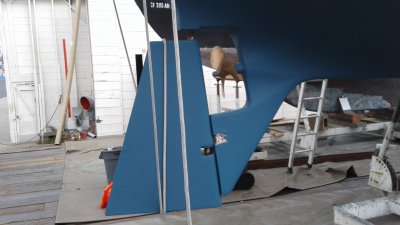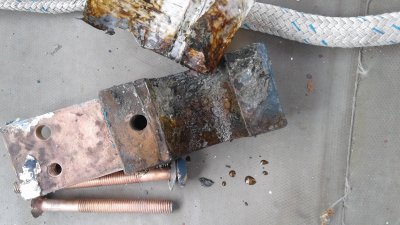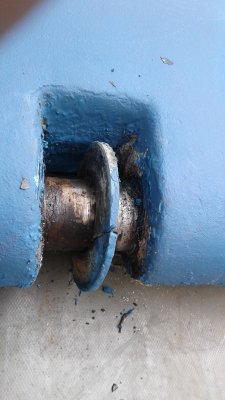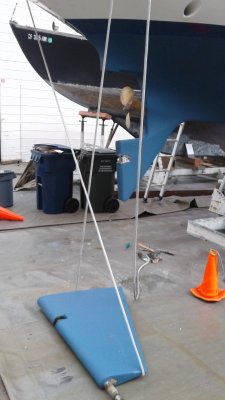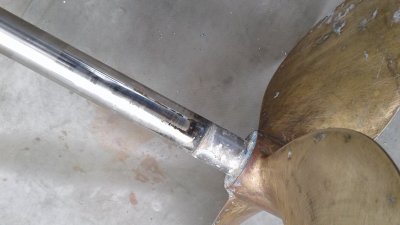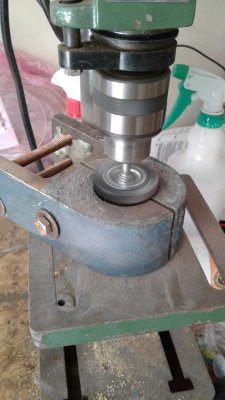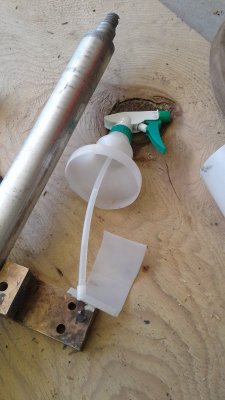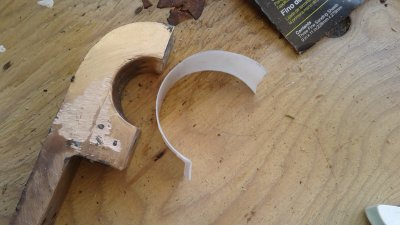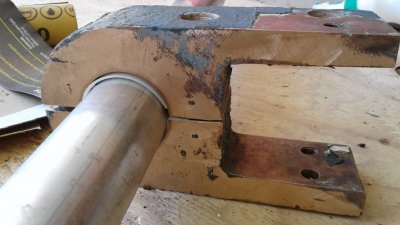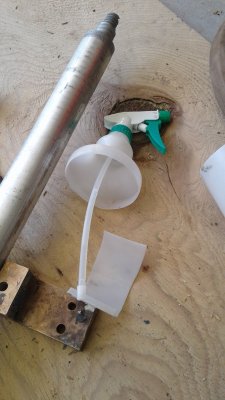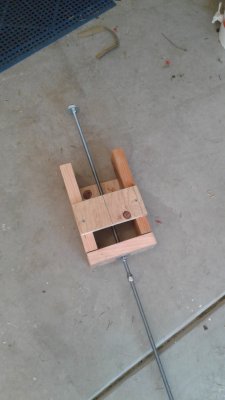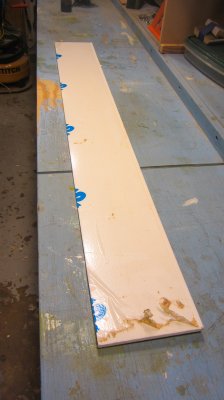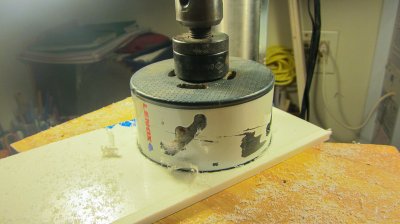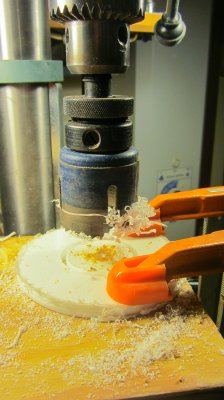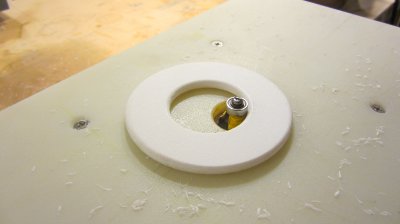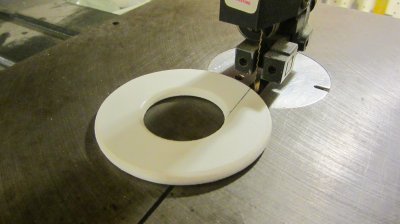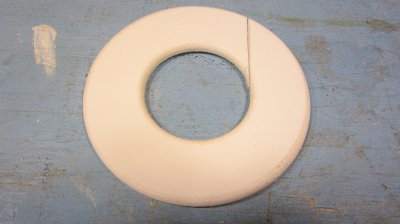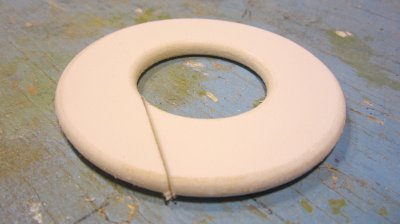Warren Holybee
Active Member
My boat is on the hard having a bottom job done. The cutless needs replaced. The estimate from the yard is a couple thousand, due to the work of removing the rudder etc. Is this something me and a friend could do in a day? Two? It's work, but seems straight forward unless we run into significant problems with frozen bolts. Someone here http://www.morgan38.org/morgan38/index.php?threads/dropping-the-rudder.10843/#post-102453 claims to have dropped the rudder, and pulled the shaft and log in 3 hours.
Looking at other threads,
How high does the boat need to be raised to drop the rudder? It is currently on a cart so it can be moved around. I'd guess that it is 1 foot higher than if it were blocked on the ground.
Looking at other threads,
How high does the boat need to be raised to drop the rudder? It is currently on a cart so it can be moved around. I'd guess that it is 1 foot higher than if it were blocked on the ground.


